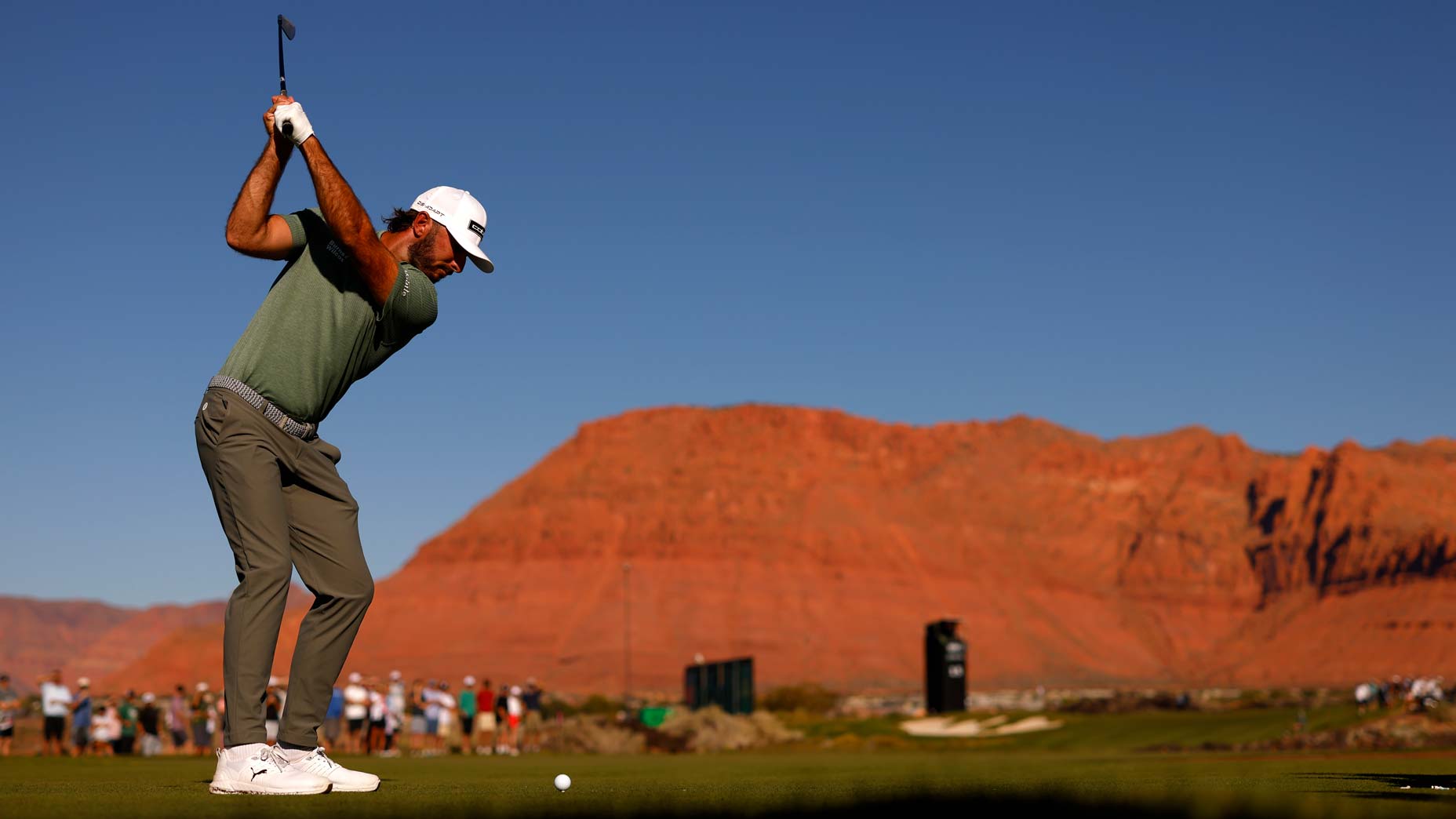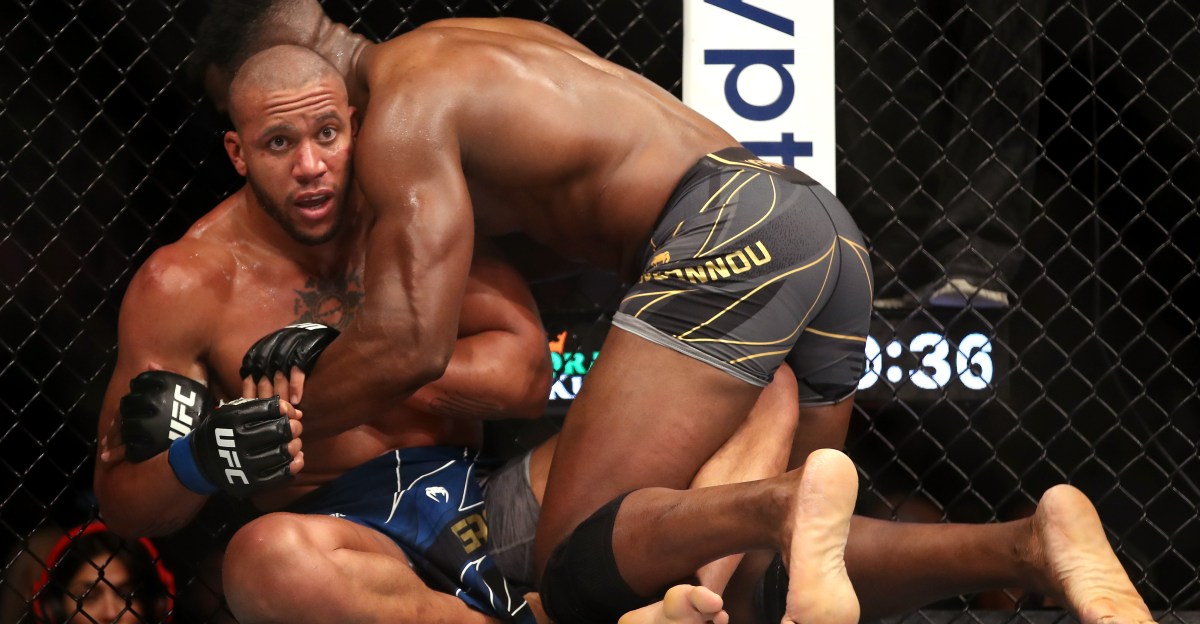When golfers come to see me, I often find that they understand a certain concept about the swing, but they’re not putting it into practice the right way. Words like “lag” and “release” are thrown around a lot, and when I break them down with my players, we discover that their instincts on how to make these moves are hurting them. Golf is a funny game like that: If you go about something the wrong way—even if the goal is legit—you can do more harm than good. So let’s give you some good swing concepts and the best methods for achieving them.
FOR BETTER BALL-STRIKING, KEEP YOUR BODY TURNING THROUGH IMPACT
/content/dam/images/golfdigest/fullset/2023/1/GD1025_FEAT_BESTTEACHERS_07 (1).jpg
How to release the club through impact is one of the trickiest concepts in golf. I often see two flaws in amateurs. The first is when the lead arm detaches from the body excessively after impact, commonly known as the “chicken wing.” The second is the “flip,” where the trail forearm rolls over the lead forearm. Both create poor shots. To correct either fault, emulate this stable release I’m demonstrating (above). I’ve moved into my lead leg to compress the shot, and my right hand hasn’t crossed over my left. My arms are straight, the left still connected to my body, and the clubface hasn’t flipped shut. To stabilize your release, feel like you continue to rotate your entire body toward the target through impact. The release breaks down when your pelvis or torso stops turning through the shot. Notice how the butt of the club is pointed toward the center of my body after impact. That’s a great checkpoint to make sure that you’ve continued your rotation and achieved a stable release.
Advertisement
LAG IS GREAT, BUT MAKE SURE TO CREATE IT THE RIGHT WAY
/content/dam/images/golfdigest/fullset/2023/1/GD1025_FEAT_BESTTEACHERS_08 (1).jpg
A lot of golfers envy how much lag tour players have in their downswings, but the typical fault for many amateurs who try to copy this move is a misunderstanding of how that lag is created. The reality is that lag is just a byproduct of proper sequencing, not the result of any conscious attempt to hold off the club’s release into the ball as long as possible with the hands. Here I have a great amount of lag (above), but only because my pelvis is beginning to rotate while my upper body, arms and hands all trail that motion. Just before you get to the top of the backswing, put pressure into the toes of your lead foot. That’s right, you should begin your downswing before you get to the top. That will cause your pelvis to start rotating while your upper body stays back, unlocking all the lag you need to smash it—like the pros.
MORE: Golf Digest’s 50 Best Teachers in America
Advertisement
ALWAYS COMMIT TO THE SWING, EVEN WHEN IT’S NOT A FULL CLUB
/content/dam/images/golfdigest/fullset/2023/1/GD1025_FEAT_BESTTEACHERS_10 (1).jpg
What do you do when faced with a shot that is too short for one club and too long for the next—say, between your 7-iron and 8-iron distances? One common fault is to take the longer club and make a lazy, uncommitted swing. Instead of making a full shoulder turn, it’s an all-arms swing—and that’s a recipe for poor contact. When you’re trying to take yardage off a club, the best way is to shorten your arm swing while still making a full turn. Don’t let your arms get above shoulder height in the backswing or follow-through (above), and you’ll hit a lower, more penetrating shot that travels shorter than a full swing. The crucial part is to make sure you still turn your ribcage back and through. It’s the engine of the swing, and the arms simply are along for the ride. That’s how to get those in-between numbers pin high.
CHECK YOUR ADDRESS POSTURE TO MAX OUT YOUR DRIVER
/content/dam/images/golfdigest/fullset/2023/1/GD1025_FEAT_BESTTEACHERS_12 (1).jpg
I’ve never seen a great driver with a poor setup. The best drivers in the world set up in a way that encourages a slight upward blow at impact, which maximizes distance. Poor drivers often start with their trail hip too high, their spine straight up and down (or even tilted toward the target), and the club shaft leaning forward. Each of those promotes a steep, out-to-in chopping motion on the downswing, killing distance. Instead, set up like the greats do by making sure your lead hip is higher than your trail one (above). Notice how my trail pocket sits lower than my lead pocket. Play the ball forward in your stance, at least under your lead armpit, and allow your spine to tilt away from the target. This will cause the shaft to lean away from the target, which further promotes an upward angle of attack. Set up like the best, and you allow yourself to start swinging like them.
Advertisement
Blackburn’s new book, The Coaching Code, is out October 1. In it, he explains the concepts he has used in coaching dozens of tour players, including Justin Rose, Matt Fitzpatrick, Max Homa and Collin Morikawa. Blackburn is a Golf Digest Teaching Professional.
More From Golf Digest
legendary instruction 3 short-game tips from golf’s most legendary coach
Golf Digest Logo Golf Digest’s Legends of Golf Instruction
Golf Digest Logo Golf Digest’s Best Teachers In Every State (2026-’27)










